
Pershore Abbey, at Pershore in Worcestershire, was an Anglo-Saxon abbey and is now an Anglican parish church, the Church of the Holy Cross.

The Church of St Mary the Virgin, widely known as St Mary Redcliffe, is the main Church of England parish church for the Redcliffe district of the city of Bristol, England. The first reference to a church on the site appears in 1158, with the present building dating from 1185 to 1872. The church is considered one of the country's finest and largest parish churches as well as an outstanding example of English Gothic architecture. The church is so large it is sometimes mistaken for Bristol Cathedral by tourists. The building has Grade I listed status, the highest possible category, by Historic England.
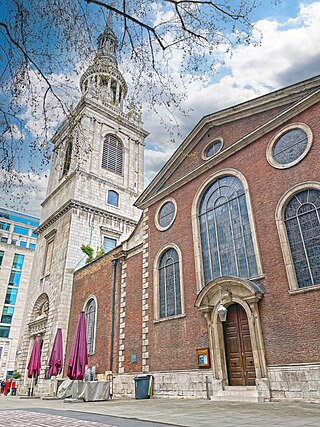
The Church of St Mary-le-Bow is a Church of England parish church in the City of London, England. Located on Cheapside, one of the city's oldest thoroughfares, the church was founded in 1080, by Lanfranc, Archbishop of Canterbury. Rebuilt several times over the ensuing centuries, the present church is the work of Sir Christopher Wren, following the Great Fire of London (1666). With its tall spire, it is still a landmark in the City of London, being the third highest of any Wren church, surpassed only by nearby St Paul's Cathedral and St Bride's, Fleet Street. At a cost of over £15,000, it was also his second most expensive, again only surpassed by St Paul's Cathedral.

Yardley is an area in east Birmingham, England. It is also a council constituency, managed by its own district committee. Historically it lay within Worcestershire.

The Cathedral Church of Saint Philip is a Church of England cathedral and the seat of the Bishop of Birmingham. Built as a parish church in the Baroque style by Thomas Archer, it was consecrated in 1715. Located on Colmore Row in central Birmingham, St Philip's became the cathedral of the newly formed Diocese of Birmingham in 1905. The cathedral is a Grade I listed building.

St Martin in the Bull Ring is a Church of England parish church in the city of Birmingham, West Midlands, England. It is the original parish church of Birmingham and stands between the Bull Ring Shopping Centre and the markets.

St Nicholas Church is a Church of England parish church in Kenilworth, Warwickshire, England.
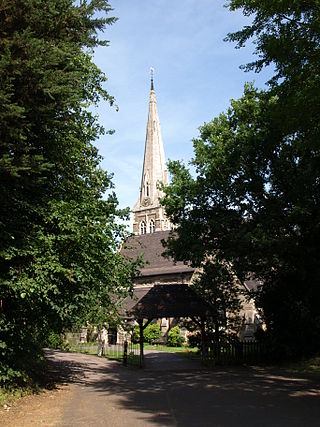
St. Mary's Church, Selly Oak is a Church of England parish church in Selly Oak, Birmingham, England.

St. Laurence's Church, Northfield is a parish church in the Church of England in Northfield, Birmingham. The church is in a conservation area near nail maker's cottages, the Great Stone Inn, the old school and the Village Pound.

St Nicolas' Church, Kings Norton, is the Anglican parish church of Kings Norton, in the Diocese of Birmingham, West Midlands, England.

St Mary's Church is the parish church in Hadlow, Kent, United Kingdom. The church is a Grade II* listed building.

St Peter's Church is located on the junction of Atherton Road and Liverpool Road, Hindley, Wigan, Greater Manchester, England. It is an active Anglican parish church in the deanery of Wigan, the archdeaconry of Warrington, and the diocese of Liverpool. St Peter's is recorded in the National Heritage List for England as a designated Grade II listed building.

St Mary Magdalene's Church is located in Church Street, Clitheroe, Lancashire, England. It is the Anglican parish church of the town, and is in the deanery of Whalley, the archdeaconry of Blackburn, and the diocese of Blackburn. The church, dedicated to Jesus' companion Mary Magdalene, is recorded in the National Heritage List for England as a designated Grade II* listed building.

St Edmund's Church, Southwold is a Grade I listed parish church in the Church of England in Southwold, Suffolk.

The Church of St Peter and St Paul, Uppingham is the Church of England parish church of Uppingham, Rutland. It is part of the Diocese of Peterborough.

St Margaret's Church, King's Lynn, entitled King's Lynn Minster since 2011, is a Grade I listed parish church in the Church of England in King's Lynn. The building dates from the 12th to 15th centuries, with major restoration of the nave in the 18th century. Five of its ten bells and its organ also date back to the mid-18th century.

St Peter and St Paul's Church, Aldeburgh is a Grade II* listed parish church in the Church of England in Aldeburgh, Suffolk.
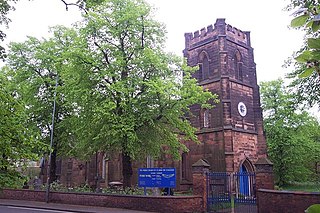
St John the Evangelist's Church, Perry Barr is a Grade II listed parish church in the Church of England in the Perry Barr area of Birmingham, England.
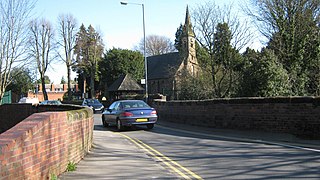
Christ Church, Yardley Wood is a Grade II listed parish church in the Church of England in Birmingham.
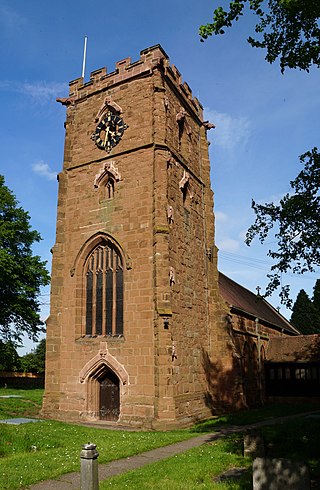
St Giles’ Church, Sheldon is a Grade II* listed parish church in the Church of England in Sheldon, Birmingham.





















